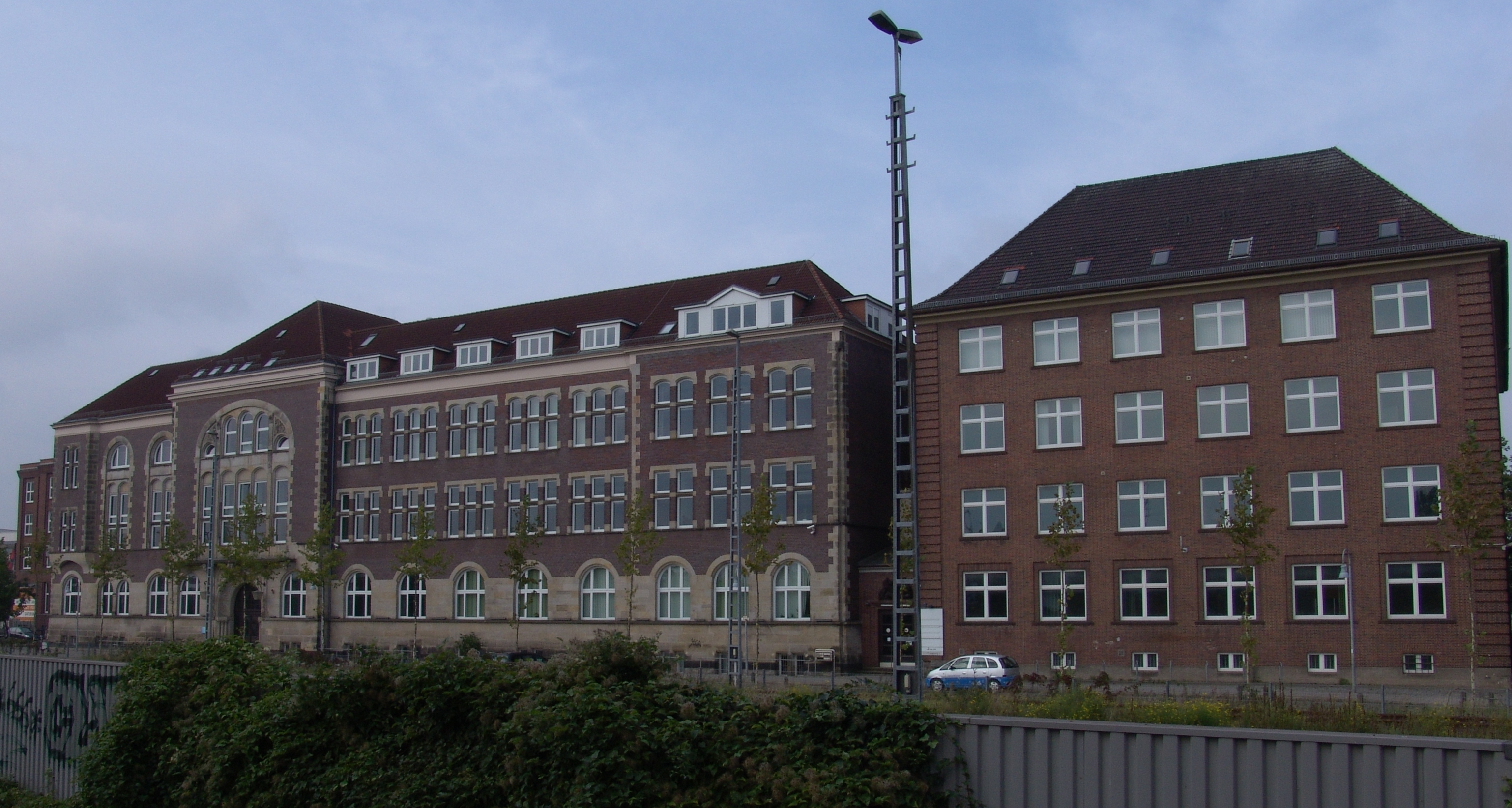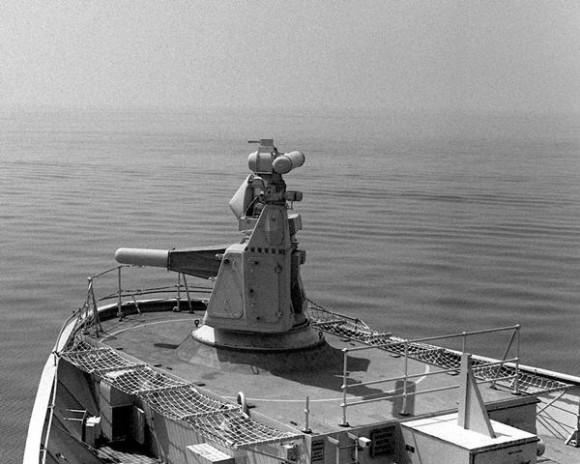|
F122
The eight F122 ''Bremen''-class frigates of the German Navy was a series of frigates commissioned between 1982 and 1990. The design was based on the proven and robust Dutch but used a different propulsion system and hangar lay-out. The ships were built for anti-submarine warfare as a primary task although they were not fitted with towed array sonars. They were also equipped for anti-surface warfare, while having anti-aircraft warfare point defences. This class of ship was one of the last to be constructed under post-war displacement limitations imposed by the WEU on West Germany. All eight ''Bremen''-class frigates were replaced by the . Prior to that the ''Bremen'' class served as the backbone of the German Navy. Employment During the Cold War period, the ships' main war task was to escort convoys for reinforcement and resupply of allied forces in Europe in the Northern Atlantic. They frequently took part in NATO Standing Naval Forces. Since 1990, all ships have serv ... [...More Info...] [...Related Items...] OR: [Wikipedia] [Google] [Baidu] |
AG Weser
Aktien-Gesellschaft „Weser" (abbreviated A.G. „Weser”) was one of the major German shipbuilding companies, located at the Weser River in Bremen. Founded in 1872 it was finally closed in 1983. All together, A.G. „Weser" built about 1,400 ships of different types, including many warships. A.G. „Weser" was the leading company in the Deutsche Schiff- und Maschinenbau AG, a cooperation of eight German shipbuilding companies between 1926 and 1945. History Founding of A.G. „Weser” Aktien-Gesellschaft „Weser” - short A.G. „Weser” - was founded as a successor of the 1843 founded Eisengiesserei & Maschinenbau-Anstalt Waltjen und Leonhard,. This company with its premises was situated on an area called ''Stephanikirchenweide'' at the periphery of the ancient town of Bremen. It was an iron-foundry and machine factory with a wide-ranging production volume of iron-made parts as bridges, cranes, floodgates, steam boiler, steam engines etc. In 1846 Mr. Leonhard left the ... [...More Info...] [...Related Items...] OR: [Wikipedia] [Google] [Baidu] |
Bremer Vulkan
Bremer Vulkan AG was a prominent German shipbuilding company located at the Weser river in Bremen-Vegesack. It was founded in 1893 and closed in 1997 because of financial problems and mismanagement. All together Bremer Vulkan built about 1100 ships—including the ships of the predecessor Johann Lange Shipyard—of different types. It is remarkable that the Bremer Vulkan, with the exception of both World Wars, only built civilian ships; production of naval ships except during wartime first started in the 1980s. History Bremer Vulkan AG was founded 1893 in Vegesack-a suburb of the city of Bremen–by a group of investors and Bremen merchants and by overtaking the 1805 founded Johann Lange Shipyard. Two years later the Bremer Vulkan bought the ''Bremer Schiffbaugesellschaft'' – former ''H. F. Ulrichs Shipyard'' which launched the first ship in 1839 - including all its modern shipbuilding facilities. The first director of the Bremer Vulkan became the engineer Victor Nawatzki ( ... [...More Info...] [...Related Items...] OR: [Wikipedia] [Google] [Baidu] |
Decoy
A decoy (derived from the Dutch ''de'' ''kooi'', literally "the cage" or possibly ''ende kooi'', " duck cage") is usually a person, device, or event which resembles what an individual or a group might be looking for, but it is only meant to lure them. Decoys have been used for centuries most notably in game hunting, but also in wartime and in the committing or resolving of crimes. Hunting In hunting wildfowl, the term decoy may refer to two distinct devices. One, the duck decoy (structure), is a long cone-shaped wickerwork tunnel installed on a small pond to catch wild ducks. After the ducks settled on the pond, a small, trained dog would herd the birds into the tunnel. The catch was formerly sent to market for food, but now these are used only by ornithologists to catch ducks to be ringed and released. The word ''decoy'', also originally found in English as "coy", derives from the Dutch ''de Kooi'' (the cage) and dates back to the early 17th century, when this type of duck ... [...More Info...] [...Related Items...] OR: [Wikipedia] [Google] [Baidu] |
Electronic Counter-measures
An electronic countermeasure (ECM) is an electrical or electronic device designed to trick or deceive radar, sonar, or other detection systems, like infrared (IR) or lasers. It may be used both offensively and defensively to deny targeting information to an enemy. The system may make many separate targets appear to the enemy, or make the real target appear to disappear or move about randomly. It is used effectively to protect aircraft from guided missiles. Most air forces use ECM to protect their aircraft from attack. It has also been deployed by military ships and recently on some advanced tanks to fool laser/IR guided missiles. It is frequently coupled with stealth advances so that the ECM systems have an easier job. Offensive ECM often takes the form of jamming. Self-protecting (defensive) ECM includes using blip enhancement and jamming of missile terminal homers. History The first example of electronic countermeasures being applied in a combat situation took place during ... [...More Info...] [...Related Items...] OR: [Wikipedia] [Google] [Baidu] |
Electronic Warfare Support Measures
In military telecommunications, electronic support (ES) or electronic support measures (ESM) gather intelligence through passive "listening" to electromagnetic radiations of military interest. They are an aspect of electronic warfare involving actions taken under direct control of an operational commander to detect, intercept, identify, locate, record, and/or analyze sources of radiated electromagnetic energy for the purposes of immediate threat recognition (such as warning that fire control RADAR has locked on a combat vehicle, ship, or aircraft) or longer-term operational planning.Polmar, Norman "The U. S. Navy Electronic Warfare (Part 1)" ''United States Naval Institute Proceedings'' October 1979 p.137 Thus, electronic support provides a source of information required for decisions involving electronic protection (EP), electronic attack (EA), avoidance, targeting, and other tactical employment of forces. Electronic support data can be used to produce signals intelligence (SIG ... [...More Info...] [...Related Items...] OR: [Wikipedia] [Google] [Baidu] |
Sonar
Sonar (sound navigation and ranging or sonic navigation and ranging) is a technique that uses sound propagation (usually underwater, as in submarine navigation) to navigation, navigate, measure distances (ranging), communicate with or detect objects on or under the surface of the water, such as other vessels. "Sonar" can refer to one of two types of technology: ''passive'' sonar means listening for the sound made by vessels; ''active'' sonar means emitting pulses of sounds and listening for echoes. Sonar may be used as a means of acoustic location and of measurement of the echo characteristics of "targets" in the water. Acoustic location in air was used before the introduction of radar. Sonar may also be used for robot navigation, and SODAR (an upward-looking in-air sonar) is used for atmospheric investigations. The term ''sonar'' is also used for the equipment used to generate and receive the sound. The acoustic frequencies used in sonar systems vary from very low (infrasonic ... [...More Info...] [...Related Items...] OR: [Wikipedia] [Google] [Baidu] |
STN Atlas
STN may refer to: Broadcasting * Score Television Network, a Canadian specialty channel * Shalimar Television Network, a Pakistani television network * Student Television Network, in the United States Transport * London Stansted Airport, England * Stanley station (North Dakota), an Amtrak station * Stonehaven railway station, Scotland Other uses * Owa language * São Tomé and Príncipe dobra currency * Schaghticoke Tribal Nation * Stantec, a Canadian architectural and engineering consulting firm * State transition network * STN International, an information service * Subthalamic nucleus, a subcortical structure in the brain * Super-twisted nematic display, a type of liquid crystal display * Szczecin Scientific Society ( pl, Szczecińskie Towarzystwo Naukowe, link=no), a Polish learned society See also * Public switched telephone network * Station (other) Station may refer to: Agriculture * Station (Australian agriculture), a large Australian landholding ... [...More Info...] [...Related Items...] OR: [Wikipedia] [Google] [Baidu] |
K Band (NATO)
The NATO K band is the obsolete designation given to the radio frequencies from 20 to 40 GHz (equivalent to wavelengths between 1.5 and 0.75 cm) during the cold war period. Since 1992 frequency allocations, allotment and assignments are in line to NATO Joint Civil/Military Frequency Agreement (NJFA). However, in order to identify military radio spectrum requirements, e.g. for crises management planning, training, electronic warfare Electronic warfare (EW) is any action involving the use of the electromagnetic spectrum (EM spectrum) or directed energy to control the spectrum, attack an enemy, or impede enemy assaults. The purpose of electronic warfare is to deny the opponen ... activities, or in military operations, this system is still in use. References {{EMSpectrum Microwave bands Satellite broadcasting ... [...More Info...] [...Related Items...] OR: [Wikipedia] [Google] [Baidu] |
Fire-control Radar
A fire-control radar (FCR) is a radar that is designed specifically to provide information (mainly target azimuth, elevation, range and range rate) to a fire-control system in order to direct weapons such that they hit a target. They are sometimes known as targeting radars, or in the UK, gun-laying radars. If the radar is used to guide a missile, it is often known as a target illuminator or illuminator radar. A typical fire-control radar emits a narrow, intense beam of radio waves to ensure accurate tracking information and to minimize the chance of losing track of the target. This makes them less suitable for initial detection of the target, and FCRs are often partnered with a medium-range search radar to fill this role. In British terminology, these medium-range systems were known as tactical control radars. Most modern radars have a track-while-scan capability, enabling them to function simultaneously as both fire-control radar and search radar. This works either by having t ... [...More Info...] [...Related Items...] OR: [Wikipedia] [Google] [Baidu] |
Thales Nederland
Thales Nederland B.V. (formerly Hollandse Signaalapparaten B.V. or in short Signaal) is a subsidiary of the French multinational company Thales Group based in the Netherlands. The firm was founded as ''NV Hazemeyer's Fabriek van Signaalapparaten'' during 1922 by Hazemeyer and Siemens & Halske to produce naval fire-control systems. During the Second World War, the company's factory was captured and pillaged by the German Army; shortly after the conflict's end, the remaining assets were nationalised by the Dutch government, the company being renamed ''N.V. Hollandsche Signaalapparaten'' (or ''Signaal'' for short). During 1956, the Netherlands-based electronics company Philips became the majority owner of Signaal after buying a large portion of the shares from the government. The firm expanded throughout much the Cold War period, producing various naval electronics and defense systems for a range of customers around the world. During 1990, the French electronics and defence contr ... [...More Info...] [...Related Items...] OR: [Wikipedia] [Google] [Baidu] |
J Band (NATO)
The NATO J band is the designation given to the radio frequencies from 10 to 20 GHz (equivalent to wavelengths between 3 and 1.5 cm). Since 1992 frequency allocations, allotment and assignments are in line to NATO Joint Civil/Military Frequency Agreement (NJFA). However, in order to identify military radio spectrum requirements, e.g. for crises management planning, training, Electronic warfare Electronic warfare (EW) is any action involving the use of the electromagnetic spectrum (EM spectrum) or directed energy to control the spectrum, attack an enemy, or impede enemy assaults. The purpose of electronic warfare is to deny the opponen ... activities, or in military operations, this system is still in use. References Radio spectrum {{Wireless-stub ... [...More Info...] [...Related Items...] OR: [Wikipedia] [Google] [Baidu] |





